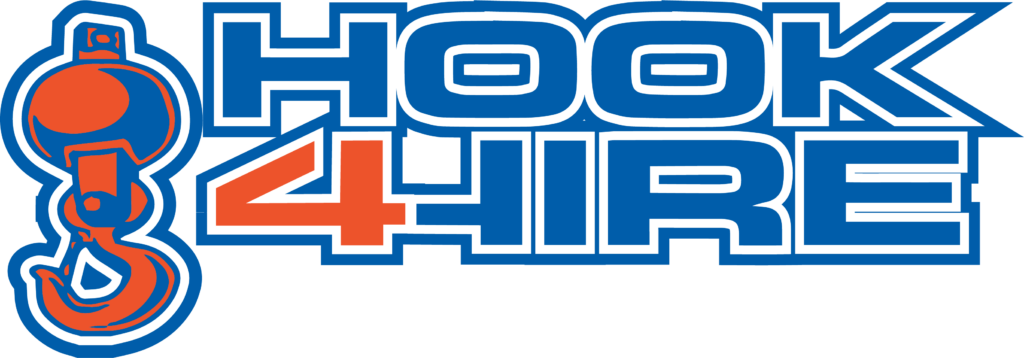Renting lifting and rigging equipment can be a cost-effective solution for businesses that require such equipment only for a short period. However, before you rent any type of lifting and rigging equipment, there are several crucial factors that you must consider to ensure that you get the right equipment for your specific needs. Failure to do so can lead to costly mistakes and accidents that can negatively impact your business’s productivity and reputation. This article will highlight the essential things that you must consider when renting lifting and rigging equipment to ensure that your project runs smoothly and safely.
1. Always Rent Well-Maintained Equipment
The first and most crucial factor to consider when renting lifting and rigging equipment is ensuring that the equipment is well-maintained and in good working condition. This helps to prevent accidents and equipment failure, which can be costly and dangerous.
Before renting any equipment, make sure to inspect it thoroughly to ensure that it is in good condition. Check for signs of wear and tear, rust, cracks, and other damages that may affect the equipment’s functionality. If possible, ask the rental company to provide you with maintenance records to ensure that the equipment has been properly serviced and maintained.
2. Consider the Equipment’s Load Capacity
Another critical factor to consider when renting lifting and rigging equipment is the equipment’s load capacity. The load capacity refers to the maximum weight that the equipment can safely lift or move. It is essential to ensure that the equipment’s load capacity matches the weight of the load you intend to lift or move.
Exceeding the equipment’s load capacity can lead to equipment failure, accidents, and injuries. Therefore, it is crucial to accurately determine the weight of your load and choose equipment that can safely handle the weight.
3. Assess Your Project Requirements
Before renting any lifting and rigging equipment, it is essential to assess your project requirements to determine the type of equipment you need. Consider factors such as the weight and size of the load, the height and distance you need to lift or move the load, and any other unique requirements that may affect your choice of equipment.
For example, if you need to lift a heavy load over a considerable distance, you may need a crane or a hoist. On the other hand, if you need to move a load horizontally, you may need a forklift or a pallet jack. Assessing your project requirements helps you choose the right equipment for the job and ensures that you complete the project safely and efficiently.
4. Ensure that You Have Trained and Experienced Operators
Renting lifting and rigging equipment is not enough; you need to ensure that you have trained and experienced operators to handle the equipment safely. Improper use of lifting and rigging equipment can lead to accidents and injuries, which can be costly and damaging to your business’s reputation.
Therefore, before renting any equipment, ensure that you have trained and experienced operators who understand how to use the equipment safely and efficiently. If necessary, provide your operators with additional training to ensure that they are competent and confident in handling the equipment.
Conclusion
Renting lifting and rigging equipment is a cost-effective solution for businesses that require such equipment only for a short period. However, before renting any equipment, ensure that it is well-maintained, consider the equipment’s load capacity, assess your project requirements, and ensure that you have trained and experienced operators. By doing so, you can complete your project safely and efficiently, and avoid costly mistakes and accidents.
If you are looking for crane companies, contact Hook4Hire. Our exceptional lift range is always available, and no project is too big or small for us. Our crane team is determined to assist you with any concerns that you might have.
